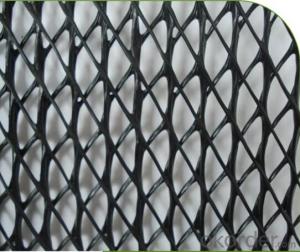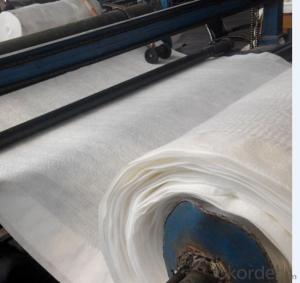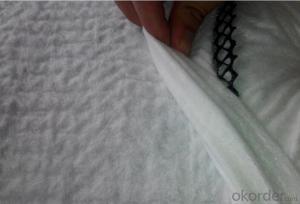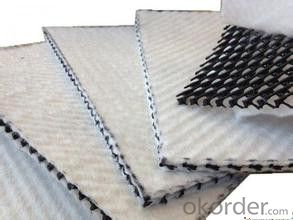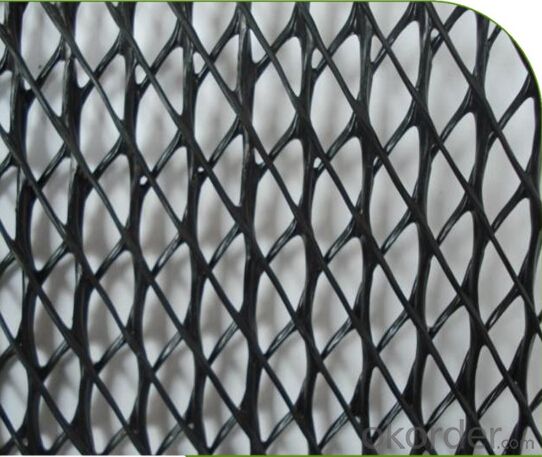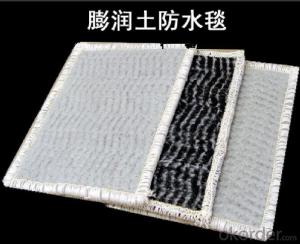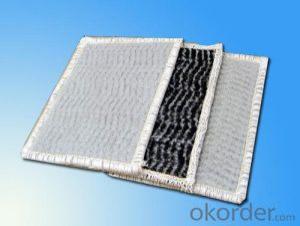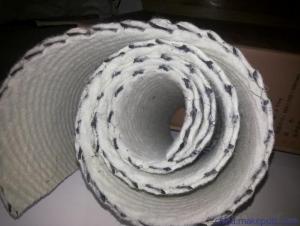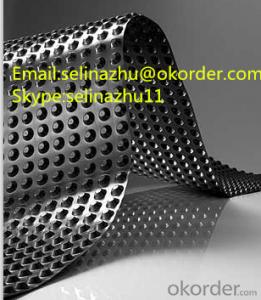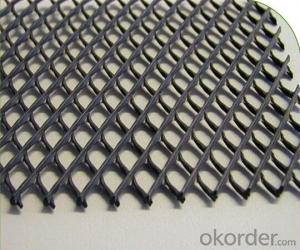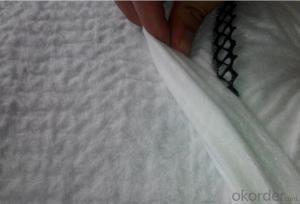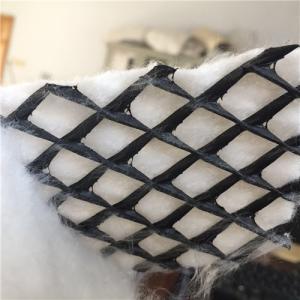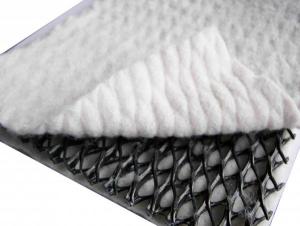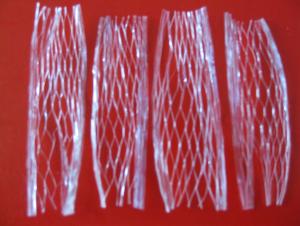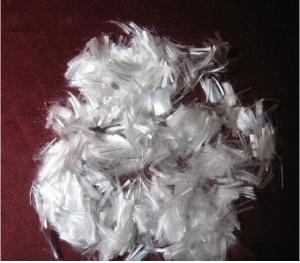Geocomposite Geonet For Refuse Landfill
- Loading Port:
- Qingdao
- Payment Terms:
- TT OR LC
- Min Order Qty:
- 2000 m²
- Supply Capability:
- 200000 m²/month
OKorder Service Pledge
OKorder Financial Service
You Might Also Like
Geocomposite Geonet For Refuse Landfill
Introuduction :
geonet can be used in the soft soil stabilization, base reinforcement, embankments over soft soils, seacoast slope protection and reservoir bottom reinforcement, etc
It prevents the slope rock from falling down ,which avoids the hurt to the human beings and the vehicle on the road; It prevents the road dregs packed by geonet from being washed away ,avoids the roadbed distortion and improves the stability of the roadbed; laying the geonet reinforces the road surface ,avoids development of the reflection crack. As reinforcing material of filling soil in retaining walls, it disperses the earth body stress and restricts the side-displacement. The stone cage, made of geonet, can prevent erosion ,collapsing and lost of water and soil when being used in dyke and rock slope protetion
Application:
1) Landfill drainage;
2) roadbed and road drainage;
3) railway drainage;
4) tunnel drainage,
5) underground structure drainage,
6) the retaining back wall drainage;
7) gardens and sports ground drainage
Features:
1)Excellent drainage function, can bear long time hige press load
2)High tensile and shear strength
3Reduce the rate geotextile embedding into the core of geonet, can protect long time stable water conductivity
4)Tri-dimension composite geonet for drainage can bear more than 2000kpa compression load
5)Its anti-compression capacity is much larger than common geonet for drainage
6) Certificate :ISO14001:2004, ISO9001:2008
Specifications and technical parameters:
Drainage network core | units | Specification | ||||
Unit weight | g/m2 | 750 | 1000 | 1300 | 1600 | |
Thickness | Mm | 5.0 | 6.0 | 7.0 | 7.6 | |
Hydraulic conductivity | m/s | kx10-4 | Kx10-4 | Kx10-4 | Kx10-4 | |
Elongation | % | 50 | 50 | 50 | 50 | |
Tensile strength (core netwaork) | kN/m | 8 | 10 | 12 | 14 | |
Geotextile | g/m2 | Heavier grades of geotextiles can be bonded to geonet on request | ||||
Usages:
In the railway, highway and other transportation infrastructure, drainage system safety and the service life
of the project and its have inseparable relationship, in which the geotextile material is an important part
of drainage system, the drainage effect of 3D composite drainage net is particularly notable. mainly
used for tunnels, municipal engineering, reservoir, revetment in drainage engineering.
FAQ
1. Which payment do you accept?
For you convinience,our payment can be L/C,TT
2. Is free sample available?
We can supply free samples if you need.
3. How about your quality?
We have strict quality control system, we make testing on incoming raw material and finished products. Your third party testing is also welcomed. With high quality, our products are used on government projects at home and abroad. Our product quality is accepted by clients from all over the world
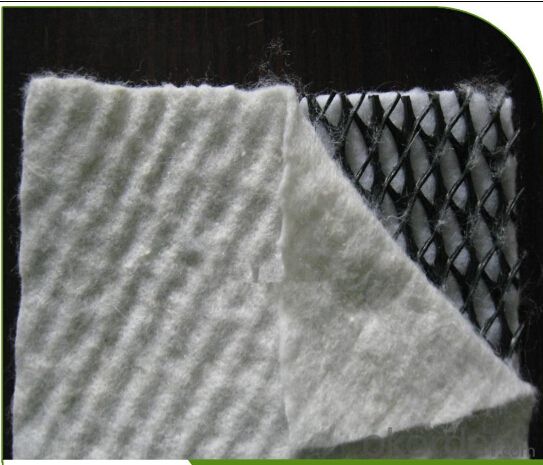
- Q: Are earthwork products resistant to mold and mildew?
- Yes, earthwork products are typically resistant to mold and mildew due to their natural composition and lack of organic matter that molds and mildew thrive on.
- Q: Can earthwork products be used for creating barrier walls?
- Yes, earthwork products can be used for creating barrier walls. They can be used to build retaining walls, noise barriers, flood protection walls, and other types of barriers that require sturdy construction and resistance to natural forces. Earthwork products, such as concrete blocks, gabions, or geotextiles, can provide the necessary strength and stability needed for barrier wall applications.
- Q: What are the different warranty options available for earthwork products?
- The different warranty options available for earthwork products vary depending on the manufacturer and the specific product. However, common warranty options include limited warranties, extended warranties, and lifetime warranties. These warranties typically cover defects in materials and workmanship and may also include coverage for specific damages or failures. It is important to carefully review the terms and conditions of each warranty to understand what is covered and any exclusions or limitations that may apply.
- Q: Are earthwork products suitable for use in riverbank stabilization projects?
- Yes, earthwork products such as geotextiles, geogrids, and erosion control blankets are commonly used in riverbank stabilization projects. These products can help prevent soil erosion, reinforce slopes, and provide vegetation support, making them highly suitable for such projects.
- Q: How do earthwork products help with sediment control?
- Earthwork products such as silt fences, sediment basins, and erosion control blankets are specifically designed to help with sediment control. These products act as physical barriers, preventing soil erosion and the movement of sediment from construction sites or disturbed areas into nearby water bodies. Silt fences, for example, are installed along the perimeter of a site to intercept and filter sediment-laden runoff, while sediment basins collect and contain sediment-laden water, allowing the sediment to settle before the water is discharged. Erosion control blankets, on the other hand, provide temporary stabilization by covering bare soil, preventing erosion caused by wind or water. Overall, these earthwork products play a crucial role in minimizing the environmental impact of construction activities and protecting water quality.
- Q: What are the key considerations when using geosynthetic reinforcements in bridge abutments?
- Some key considerations when using geosynthetic reinforcements in bridge abutments include the type and strength of the geosynthetic material, proper installation techniques, compatibility with surrounding soils, and design considerations such as load distribution and settlement control. Additionally, factors like durability, maintenance requirements, and cost-effectiveness should also be taken into account to ensure the long-term effectiveness and stability of the bridge abutments.
- Q: Can earthwork products be used in coastal protection projects?
- Yes, earthwork products can be used in coastal protection projects. Earthwork products such as sand, gravel, and rocks are commonly used in coastal protection measures such as beach nourishment, dune restoration, and shoreline stabilization. These materials help to mitigate erosion, provide natural barriers against storm surges, and enhance the resilience of coastal areas against flooding and erosion.
- Q: How do earthwork products help with sediment retention?
- Earthwork products, such as sediment control devices like silt fences, sediment basins, or sediment traps, play a crucial role in sediment retention. These products are designed to intercept and trap sediment-laden runoff from construction sites, preventing it from entering nearby water bodies. They act as physical barriers, allowing water to flow through but capturing sediment particles. By effectively retaining sediment on-site, earthwork products help minimize erosion, improve water quality, and protect ecosystems downstream.
- Q: Are earthwork products easy to install?
- Yes, earthwork products are generally easy to install. They are designed to be user-friendly and can be easily installed by following the provided instructions. Additionally, many earthwork products are lightweight and can be installed without the need for specialized equipment or professional assistance.
- Q: Are earthwork products suitable for use in reservoir construction?
- Yes, earthwork products are suitable for use in reservoir construction. Earthwork products such as soil, clay, and gravel are commonly used in the construction of reservoirs to create embankments, dams, and slopes. These materials provide stability, prevent erosion, and help to retain water within the reservoir. Additionally, earthwork products can be engineered to meet specific construction requirements, making them an ideal choice for reservoir construction projects.
Send your message to us
Geocomposite Geonet For Refuse Landfill
- Loading Port:
- Qingdao
- Payment Terms:
- TT OR LC
- Min Order Qty:
- 2000 m²
- Supply Capability:
- 200000 m²/month
OKorder Service Pledge
OKorder Financial Service
Similar products
Hot products
Hot Searches
Related keywords

